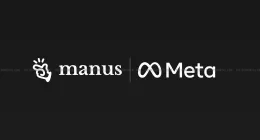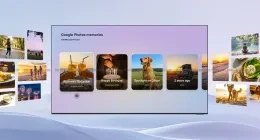If you are an Android Developer, the Android Studio should probably feel like a second home to you. At its I/O conference, the company gave us a glimpse at what the forthcoming Android Studio 3.0 could look like.
Android is very important for Google, so it makes sense that the company would not shy away from investing significant resources into the Android Studio platform — after all, that is where a significant portion of Android applications are generated from. The theme for this year’s release is is speed and smarts, so basically, its all about developing applications faster and ensuring that they function faster as well.
So basically, Android Studio now has a slew of profiling tools. These tools can help you, a developer, to diagnose performance issues in your applications. Developers can profile their CPUs, memory and network activity for their apps and see the details on a timeline. Very interestingly, this particular timeline is mapped to touch events including key presses and other events in the applications.
Google is also speeding up the build times for complex projects. The suite has been tested with over one hundred modules and the build time ranged between minutes to seconds.
3.0 also has a feature that will make the debugging process significantly easier. You can take any APK, whether it was written in Java or C++ and whether, it was written using Android Studio or something else. This is thanks to an improved APK analyzer that also allows developers to reduce the size of their APKs. This is done by reducing the file size of images and other stuff, whose file sizes can actually be reduced.
Android Studio also has support for Instant apps. Using the studio, developers can now break their application down into different modules which can be loaded from right within the search results page and made to run — so as to provide the potential user with a taste of what is to come. Meanwhile, this also opens up support for instant apps to the wider dev community.
Other features included with Android Studio 3.0 include:
- Java 8 language features and APIs.
- Improved layout editor
- Support for adaptive icons in Android
- XML fonts and downloadable fonts
- Support for Android Things
- Updated system images for Android O
- Google Play store support in the emulator
- Support for Android Wear rotary controls in emulator.
The Tech Portal is published by Blue Box Media Private Limited. Our investors have no influence over our reporting. Read our full Ownership and Funding Disclosure →






